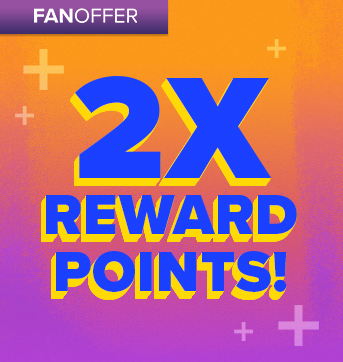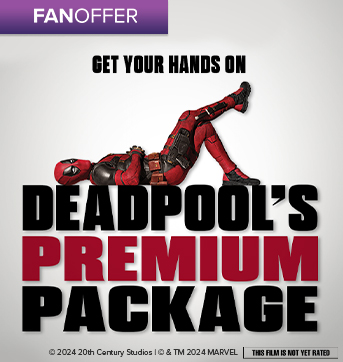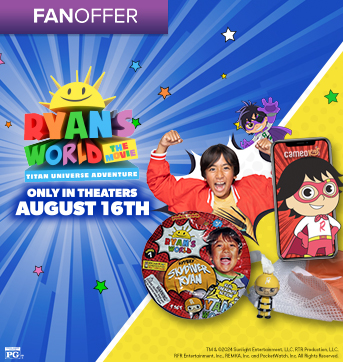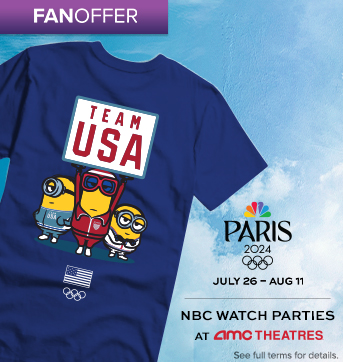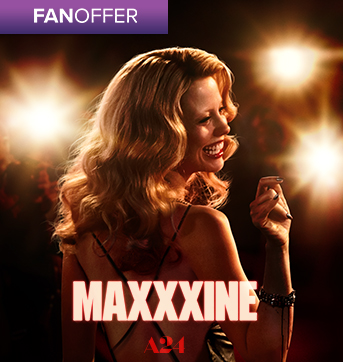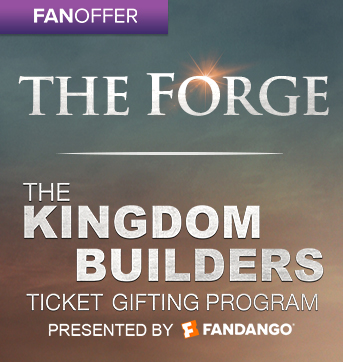Director Alfonso Cuaron finally has a new movie in theaters this week after a seven-year break, and cinephiles are giddy with what he’s laying down. Gravity takes place entirely in space and tells the harrowing tale of two astronauts, played by Sandra Bullock and George Clooney, set adrift after an accident. Cuaron created new camera-rig technology and merged it with state-of-the-art visual effects to utterly convince audiences they too are fighting for their lives in the inky, black void of space.
If you’re a fan of Cuaron, then you know he’s got some signature moves that define his shooting style, like his affinity for long takes, or tracking shots. Gravity, in fact, opens with a double-digit-long sequence that follows the two astronauts outside the space shuttle with no cuts. Cuaron said in a recent interview he uses long takes in this film because, “We wanted this to be like a Discovery Channel documentary gone wrong. It’s to attain a sense of real time and immediacy.”
Here you can see a portion of that epic sequence that opens the film:
Some of the greatest directors ever have utilized the long tracking shot to envelop audiences into a particular moment. Here are a few excellent examples of where the technique has become cinematic high art:
Stanley Kubrick used Steadicam to follow little Danny Torrance as he big-wheels himself around the empty halls of the creepy Overlook Hotel. The more he peddles, the more tension builds in the classic uninterrupted sequence.
Current moviegoers may stare blankly when they hear the opening of Touch of Evil is still considered one of the best examples of a long shot ever, but just watch this clip choreographed by Orson Welles and his cinematographer Russell Metty. You’ll get it.
Before Cuaron’s supersized Gravity open, Robert Altman set a new tracking shot bar with his opening to the Hollywood insider film The Player. Timing out at eight minutes, the camera follows characters on a backlot and winks at the audience by including a discussion of Welles’ Touch of Evil opening.
The master of suspense Alfred Hitchcock used a tracking shot to open this film. It sets the stage for murder but really illuminates the differences between the two characters that carry out the act. It’s integral to the context of the whole film.
Martin Scorsese created a superb long shot of Henry Hill whisking Karen into his world as he enters the Copacabana club. The audience, like Karen, gets overwhelmed by the power and prestige. In the below clip, Scorsese and his collaborators explain their intentions for the scene.
Quentin Tarantino paid homage to the masters he loves so much with this long, highly choreographed tracking shot of the Bride infiltrating the yakuza den.
Robert Zemeckis relies on visual effects and masterful sound design in this long shot that pulls out from Earth and away to the farthest reaches of the cosmos to illustrate how far our transmissions reach, and then how much farther the universe goes. It also ends in a clever reveal.
Chan-wook Park crafted what many consider the gold standard of hand-to-hand combat sequences as a band of thugs take on one man in an exhausting melee. It's violent, harrowing and ever surprising.
Paul Thomas Anderson has made the tracking shot one of his hallmarks in movies like Punch Drunk Love, Hard Eight and Magnolia, but it's this three-minute opening scene from Boogie Nights that best exemplifies it. The spinning crane shot tells you the party's just started, as it dips and whirls through the neon-lit nightclub.
And finally back to Cuaron, who didn’t invent the technique but is certainly looking to perfect it. In 2006’s Children of Men, Cuaron created a long shot inside of a moving car crammed with five passengers. What starts as an innocuous travel moment turns into an amazing technical masterpiece.
There are tons of other great examples. What's your favorite that we didn't include here?

